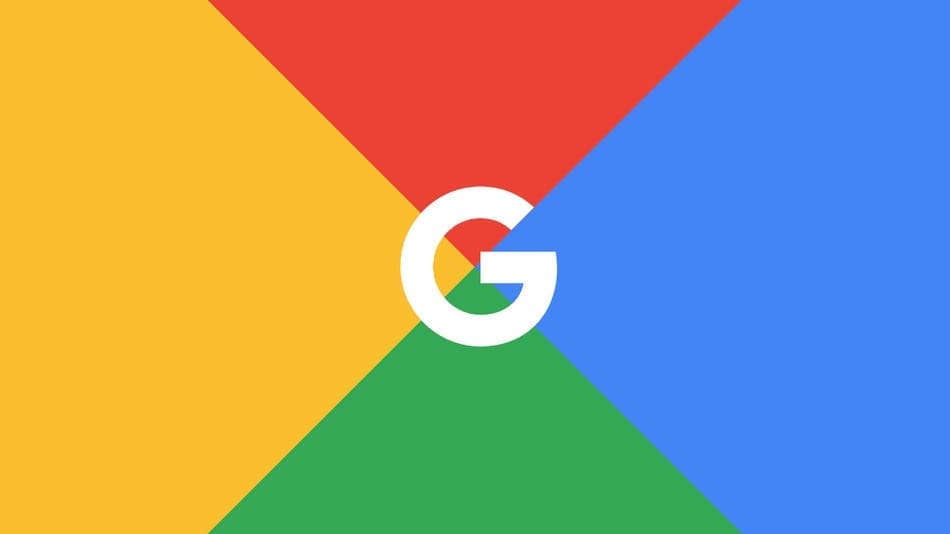
An important piece of a healthy digital marketing mix for hotels and resorts is unbranded paid search. However, many hotels don’t see a high return from this channel. It can be hard to justify this channel which often has a lower than 1:1 ROAS and even harder to measure whether or not your tactics are working.Luckily, Google came out with another way marketers and hoteliers can measure the performance of campaigns through Store Visits or as we like to call them Hotel Visits. Hotel Visits can measure whether or not users actually visited your property. Google uses cell towers, wifi signals and more to tell whether or not you’ve actually visited a property and you aren’t just staying next door or across the street.*A fun (and creepy) way to check to see exactly how accurate Google’s location tracking is, is to pull up this website on your location-enabled device.*This is useful because it is often possible that a potential customer clicked on an unbranded ad and then went on to book through an OTA, call the hotel directly for their booking or booked through another device. All of these scenarios would result in no revenue being tied back to your unbranded campaign until now that is.There are, of course, a few catches.
- In order to track a Hotel Visit, a user needs to click on your ad from their device with location-enabled and then use that device while on property.
- If your property has a restaurant you may be looking at someone coming in for dinner rather than staying the night. (It can be a great way to track the performance of F&B campaigns which have historically been tricky to track.)
- You need to have your Google Ads account connected to a published Google My Business.
- There is no way to directly tie revenue to Store Visits and this is more of an indicator of positive performance than exact ROI.
Once you have everything set up you’ll be able to gather more data on which keywords, ads, and campaigns are driving the most users. At Screen Pilot, we’ve used this data to measure the success of our unbranded campaigns and we’ve seen accounts that have historically had a low ROAS are still driving a lot of visits to the property and are therefore much more beneficial than we were previously able to measure.






